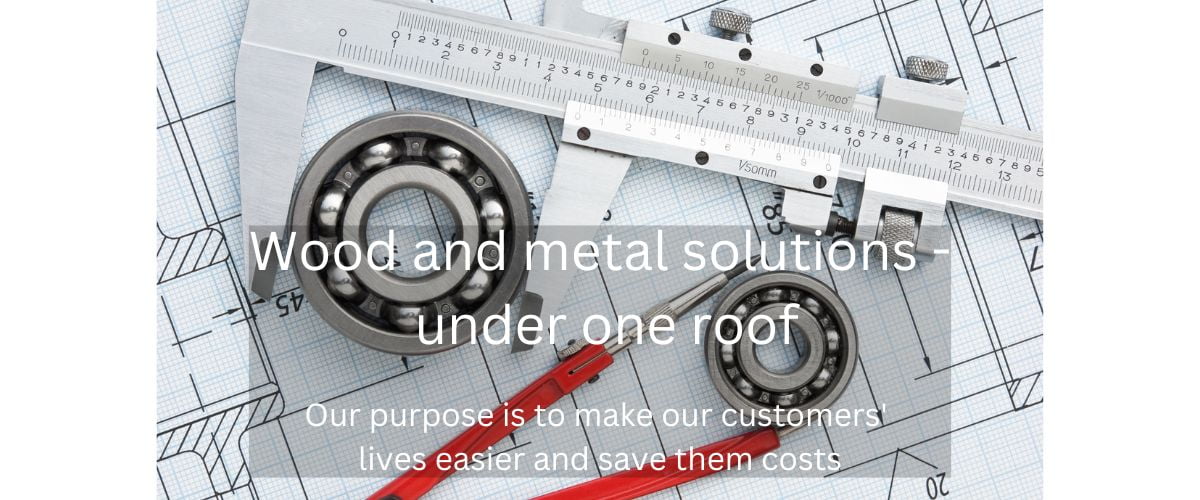We use 3 different types of welding process
TIG
TIG stands for ‘tungsten inert gas’ and uses a tungsten electrode to generate an electric arc that heats the metal to be joined. The weld is protected from oxidization and contaminants by an inert gas, normally Argon.
Our skilled welders achieve exceptionally smooth finishes with the high strength required for longevity with TIG welding. TIG welds are neater and smoother than MIG, but evidence of the weld is always visible at the join.
We use TIG welding for both mild steel and stainless steel products.
MIG
MIG stands for ‘metal inert gas’ and also uses an electrode to create an arc of intense heat causing the metal to melt and run together. As it is melted, further material is fed into the weld.
MIG welding produces stronger welds than TIG. It is also easier and quicker to achieve consistent welds, so the cost is lower than for TIG welding. MIG welds are ground down to give the appearance of a flat, invisible join – producing a fine finish.
MIG welding is used for both mild steel and stainless steel.
Spot
Dymond also offers spot weld sheet and wire work. This is a quick way to join long lengths of sheet together with an unobtrusive mark. In a spot weld, the two metal pieces to be joined are clamped with a pair of copper electrodes either side of the metal. When in position, the electrodes are forced together and an electrical current is passed through the joint, the resistance in the joint causes localised melting of the metal which, along with the pressure forcing the joint together, creates the weld. The whole process takes under a second.
Dymond uses spot welding for wire work.
Come to the welding specialists, Dymond is unbeatable.









